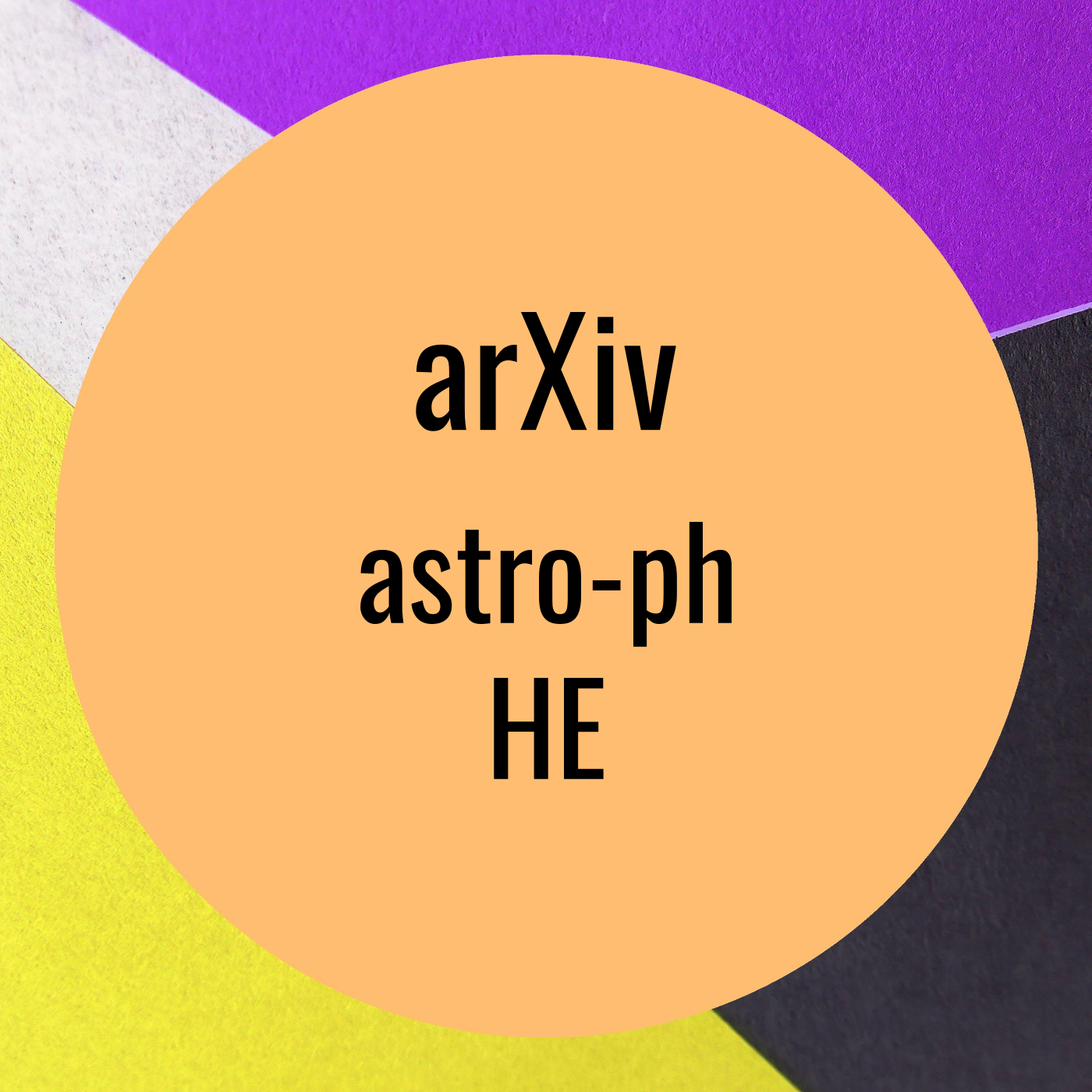The Rapidly Spinning Intermediate-Mass Black Hole 3XMM J150052 0+015452
Description
The Rapidly Spinning Intermediate-Mass Black Hole 3XMM J150052 0+015452 by Z. Cao et al. on Wednesday 30 November
A star tidally disrupted by a black hole can form an accretion disc with a
super-Eddington mass accretion rate; the X-ray emission produced by the inner
disc provides constraints on the black hole mass $M_\bullet$ and dimensionless
spin parameter $a_\bullet$. Previous studies have suggested that the
$M_\bullet$ responsible for the tidal disruption event 3XMM J150052.0+015452
(hereafter J150052) is $\sim$10$^{5} M_{\odot}$, in the intermediate black hole
(IMBH) regime. Fitting multi-epoch XMM-Newton and Chandra X-ray spectra
obtained after 2008 during the source's decade-long decay, with our latest slim
accretion disc model gives $M_\bullet = 2.0^{+1.0}_{-0.3}\times10^{5}
M_{\odot}$ (at 68% confidence) and $a_\bullet > 0.97$ (a 84.1% confidence lower
limit). The spectra obtained between 2008-2014 are significantly harder than
those after 2014, an evolution that can be well explained by including the
effects of inverse-Comptonisation by a corona on the early-time spectra. The
corona is present when the source accretion rate is super-Eddington, while
there is no evidence for its effect in data obtained after 2014, when the mass
accretion rate is around the Eddington-limit. Based on our spectral study, we
infer that the corona is optically thick and warm ($kT_e=2.3^{+2.7}_{-0.8}$
keV). Our mass and spin measurements of J150052 confirm it as an IMBH and point
to a rapid, near extremal, spin. These $M_\bullet$ and $a_\bullet$ values rule
out both vector bosons and axions of masses $\sim10^{-16}$ eV.
arXiv: http://arxiv.org/abs/http://arxiv.org/abs/2211.16936v1
More Episodes
Hard X-ray Observations of the Hydrogen-poor Superluminous Supernova SN 2018hti with NuSTAR by Igor Andreoni et al. on Wednesday 30 November
Some Hydrogen-poor superluminous supernovae are likely powered by a magnetar
central engine, making their luminosity larger than common supernovae....
Published 11/30/22
Fundamental physics with neutron stars by Joonas Nättilä et al. on Wednesday 30 November
Neutron stars are rich laboratories of multiple branches of modern physics.
These include gravitational physics, nuclear and particle physics, (quantum)
electrodynamics, and plasma astrophysics. In this...
Published 11/30/22
Published 11/30/22


